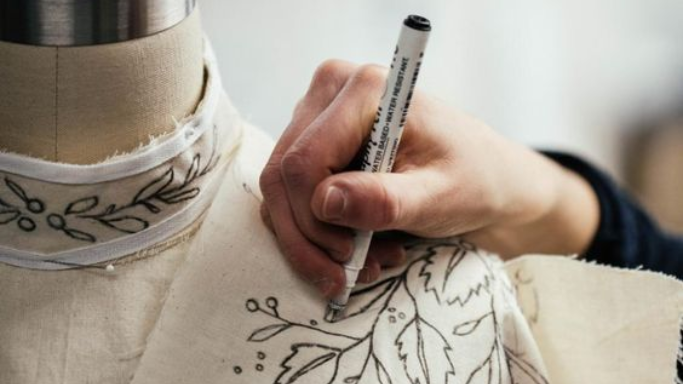
An Introductory Guide to Garment Analysis

"A Guide to Analyzing Garments" is an introductory fashion outline to help newcomers understand the fundamental techniques and methods used to evaluate and study garments. This guide typically covers topics such as fabric types, garment construction, design elements, fashion analysis and practical tips for assessing the quality, fit, and overall craftsmanship of clothing items. It aims to equip beginners with the necessary knowledge to critically analyze garment design, whether for personal use, academic purposes, or professional development in the fashion industry.
Concept and Inspiration
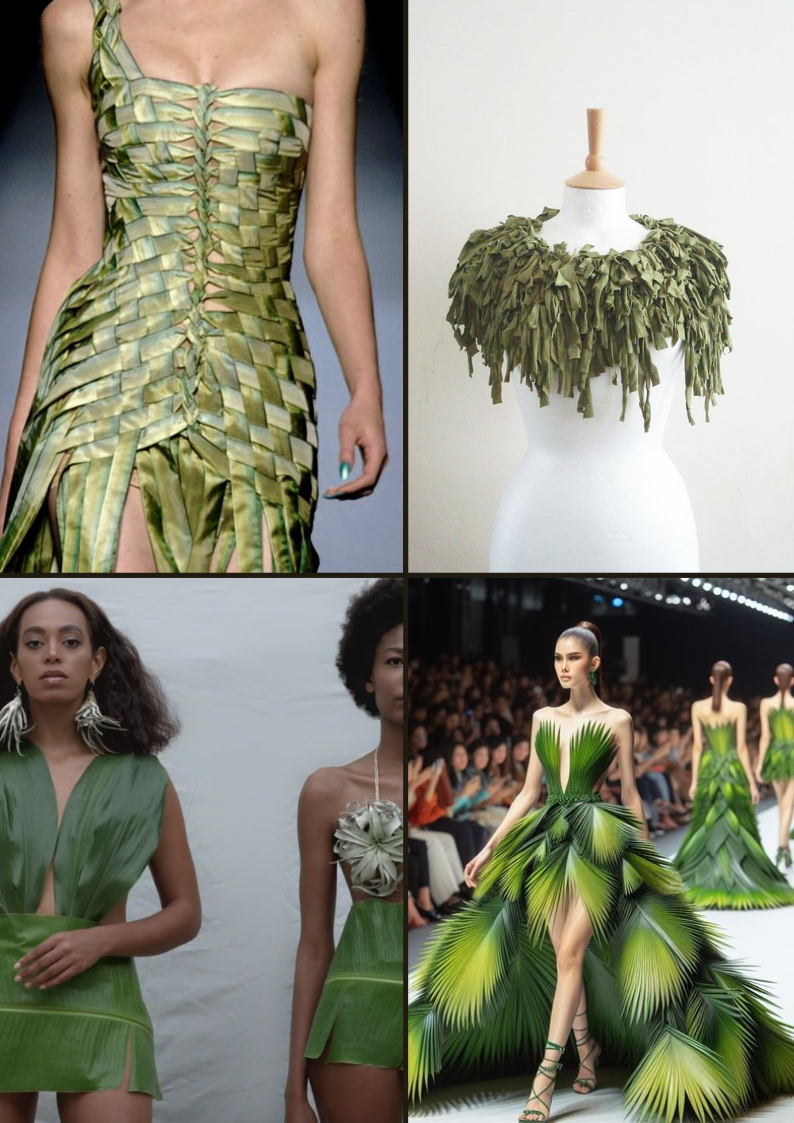
Finding Inspiration:
- Sources: Art, nature, history, travel, current events
- Mood Boards: Collect images, textures, colors, and sketches to visualize ideas
Theme Development:
- Conceptualizing Themes: Develop a cohesive theme for a collection
- Storytelling: Each garment should contribute to the overall narrative
Design and Sketching
Sketching Techniques:
- Fashion Croquis: Use templates to create quick sketches
- Detail Drawings: Highlight specific design elements like seams, pleats, and embellishments
Design Elements:
- Silhouette: Experiment with different shapes and forms
- Details: Consider unique features like collars, cuffs, and pockets
- Proportions: Ensure elements are well-balanced
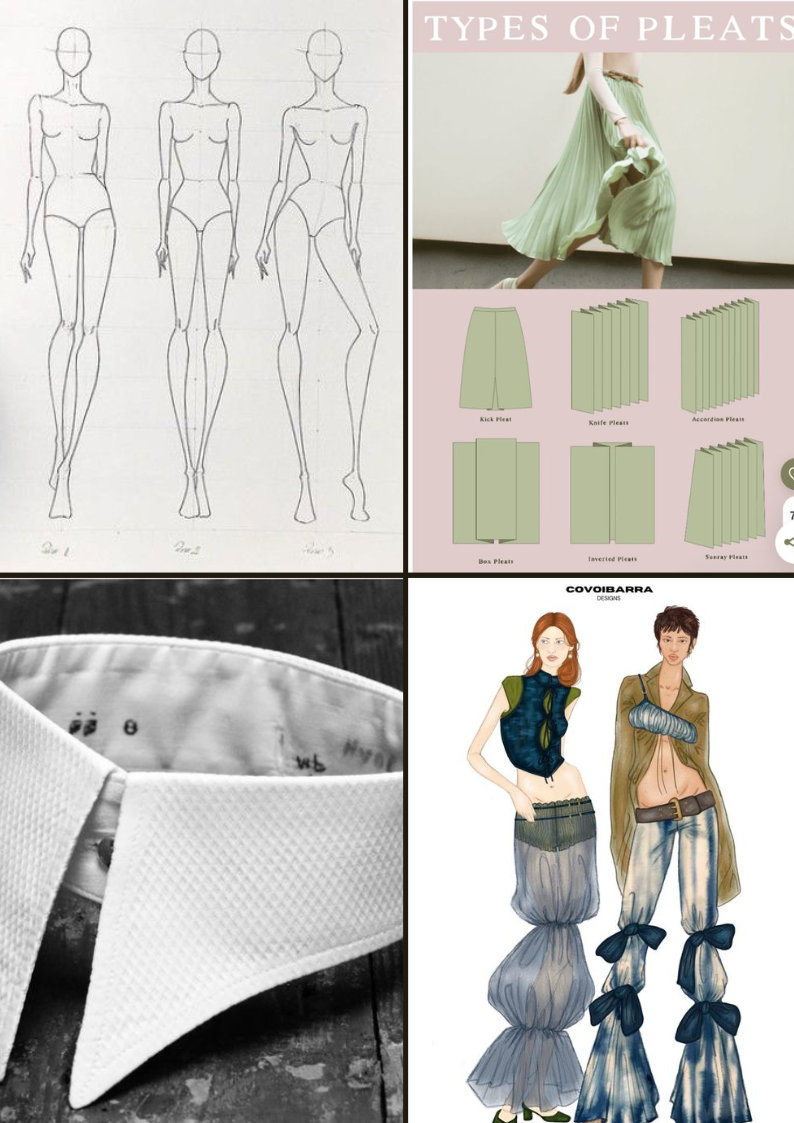
Fabric Selection
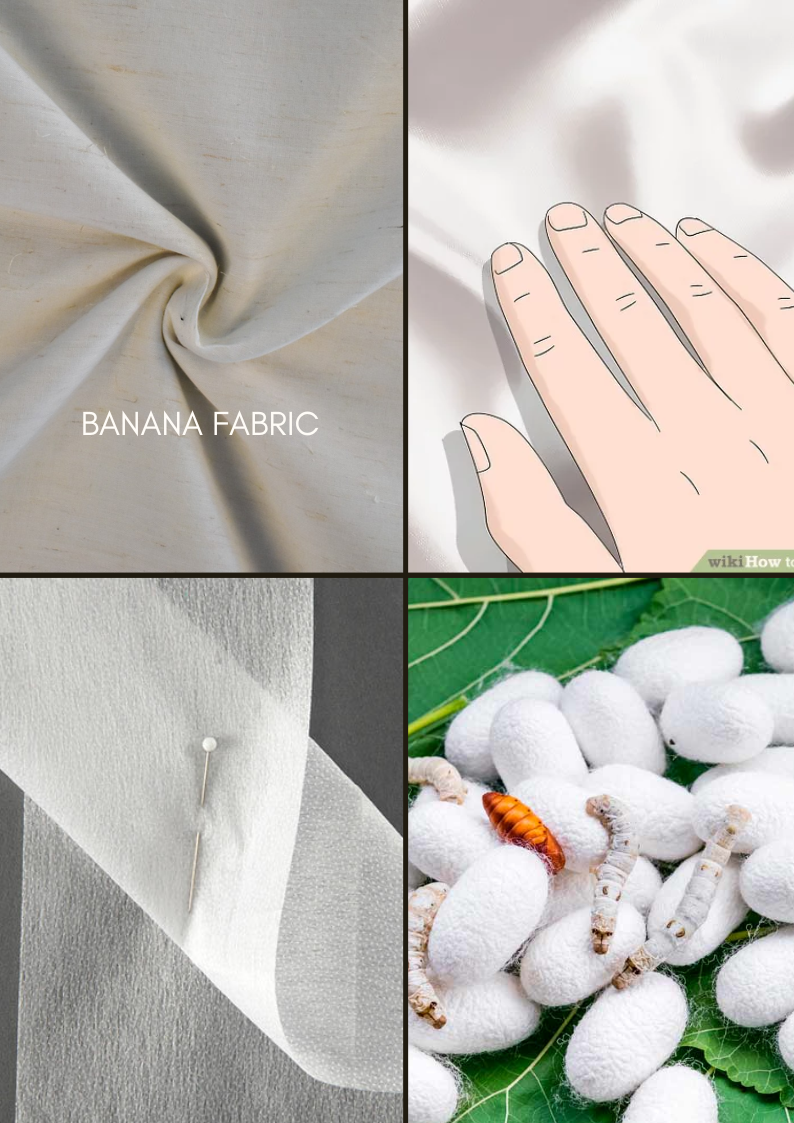
Fabric Characteristics:
- Drape and Flow: Choose fabrics that enhance the intended silhouette
- Texture and Weight: Match the fabric’s properties to the garment’s purpose
Sustainability:
- Eco-Friendly Fabrics: Explore organic, recycled, and sustainable options
- Innovative Textiles: Research new materials like biodegradable fabrics and smart textiles
Pattern Making and Draping
Pattern Development:
- Flat Pattern Making: Draft patterns on paper based on measurements and design
- Draping: Create patterns by pinning fabric on a dress form to achieve a desired shape
Prototyping:
- Muslin Mock-Up: Create a prototype using inexpensive fabric to test the fit and design
- Adjustments: Refine the pattern based on the prototype’s feedback
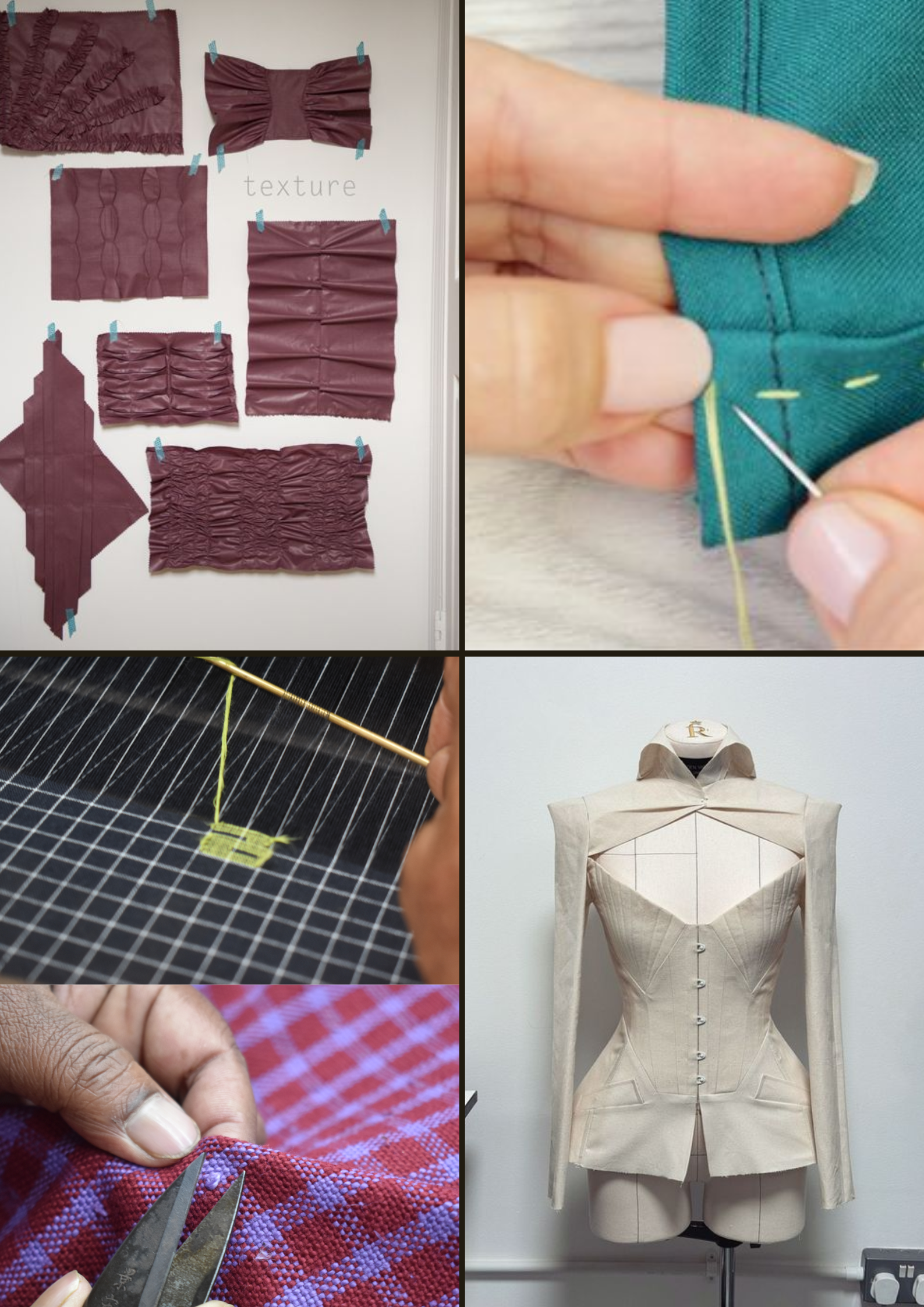
Construction Techniques
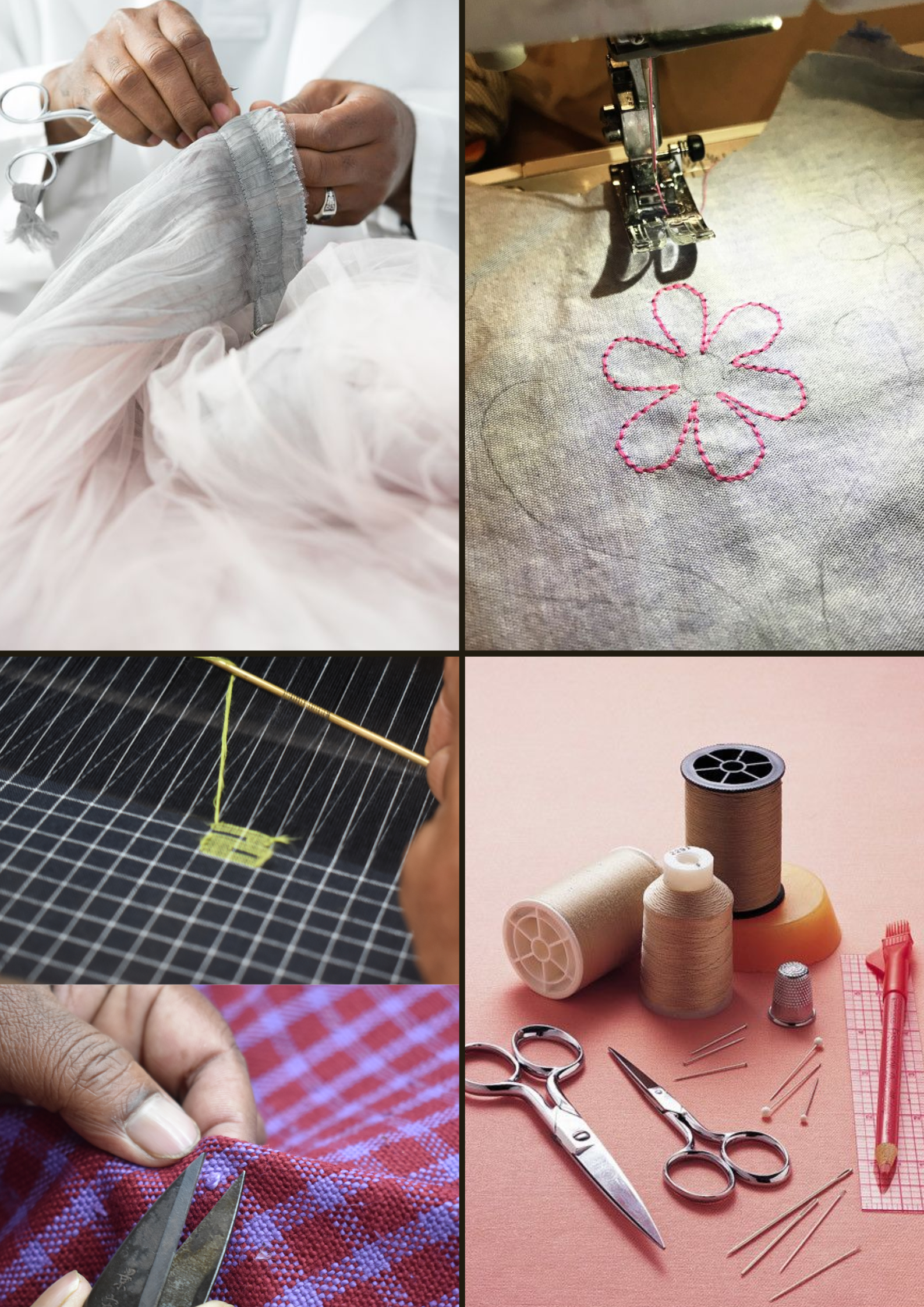
Sewing Methods:
- Hand Sewing vs. Machine Sewing: Use hand stitching for delicate details, machines for durability
- Advanced Techniques: Learn couture methods for high-end finishes
Finishing Touches:
- Hems and Seams: Ensure clean, professional finishes
- Closures and Fastenings: Choose the right type for functionality and aesthetics
Understanding Trends and Market Research
Trend Analysis:
- Fashion Forecasting: Stay updated with trend reports and fashion weeks
- Consumer Behavior: Understand what your target audience prefers
Competitor Analysis:
- Market Positioning: Analyze competitors’ strengths and weaknesses
- Unique Selling Proposition: Identify what makes your designs stand out

Sample Making and Fittings
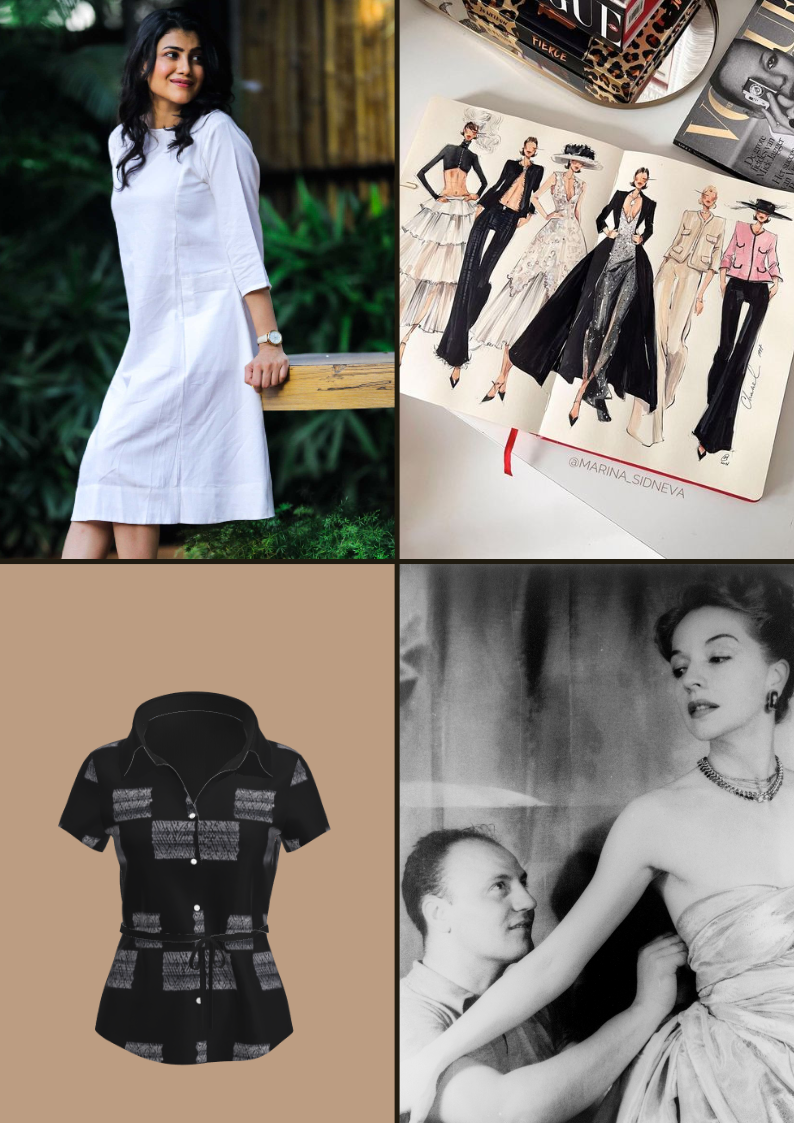
Sample Creation:
- First Sample: Produce an initial sample based on the final pattern and tech pack
- Review and Adjust: Conduct thorough fittings to identify and correct issues
Fit Sessions:
- Model Fittings: Test garments on models to check fit and comfort
- Adjustments: Make necessary changes to improve fit and silhouette
Production and Quality Control
Production Planning:
- Batch Production: Plan the number of pieces per design
- Costing: Calculate production costs and set appropriate pricing
Quality Assurance:
- Inspections: Regularly check samples and production runs for consistency
- Standards: Maintain high-quality standards to ensure customer satisfaction
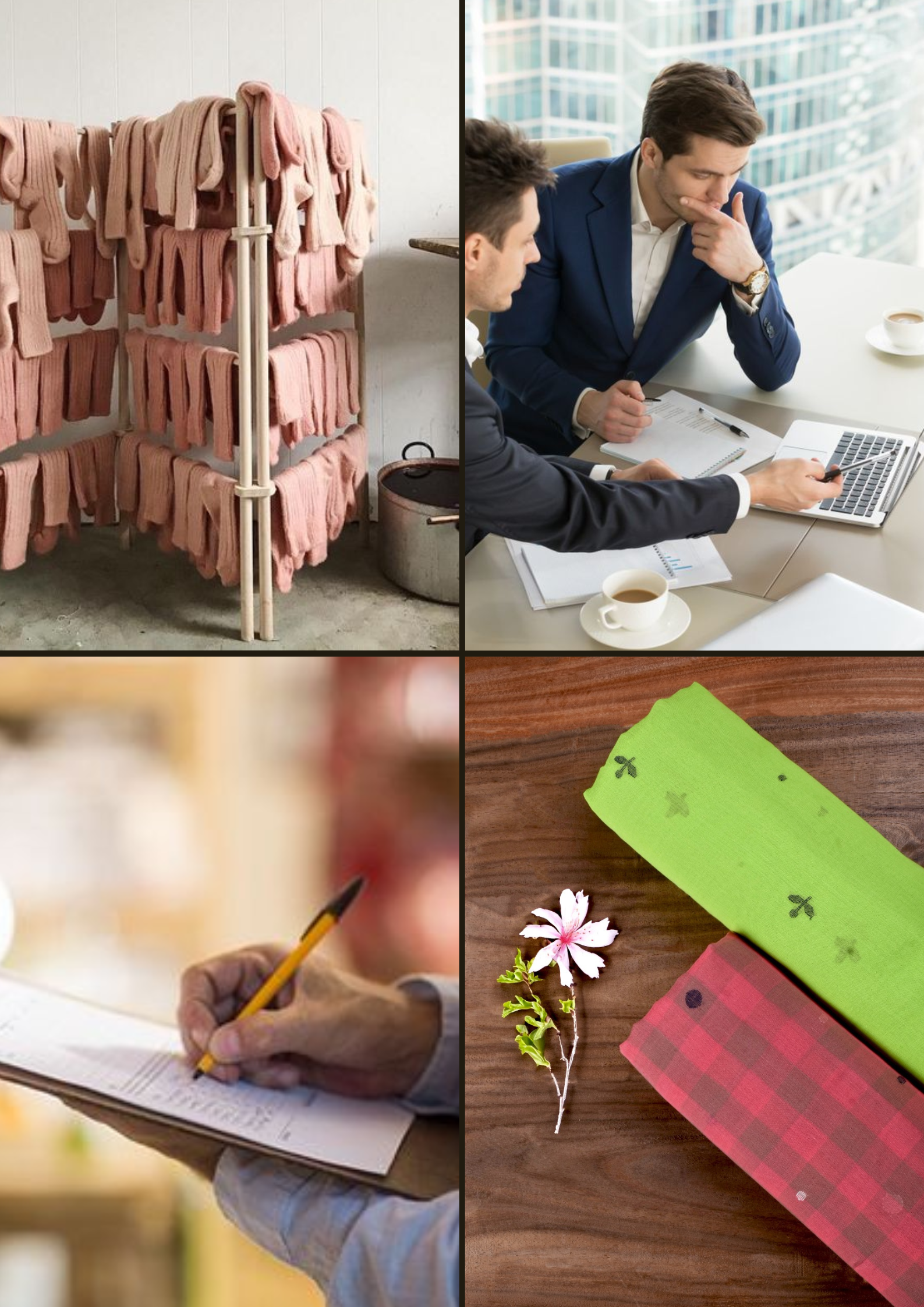
Marketing and Branding
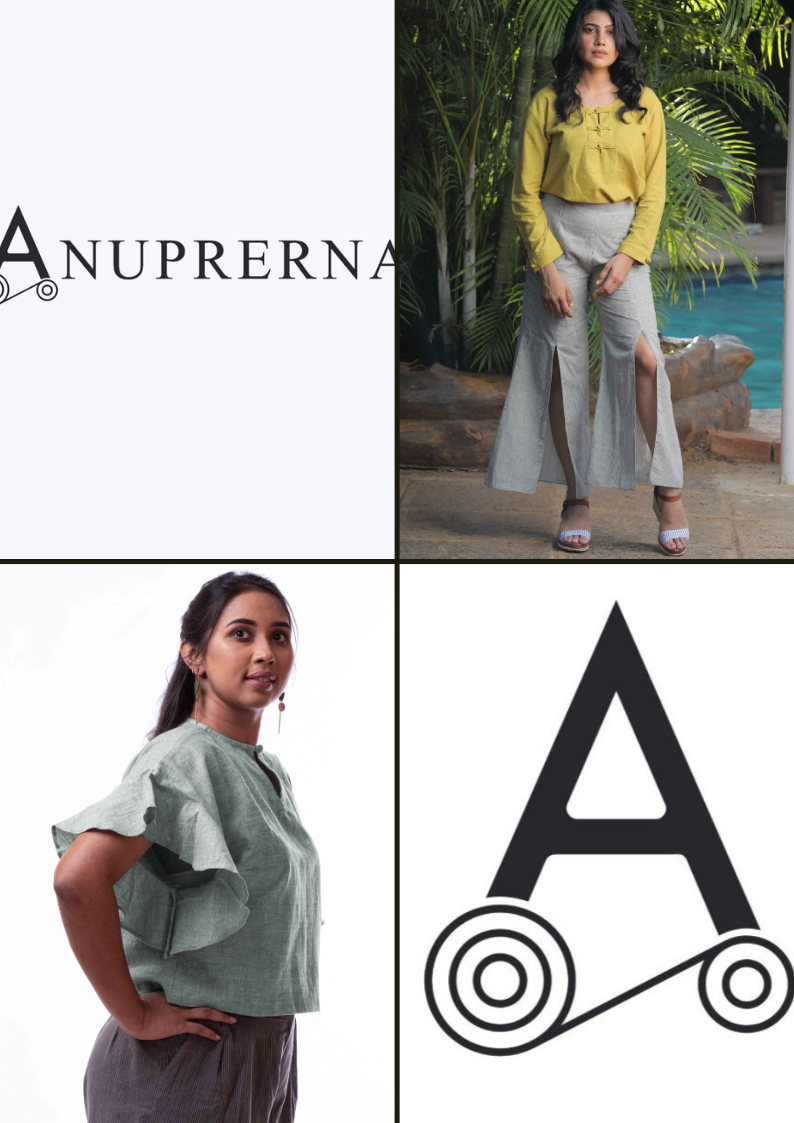
Brand Identity:
- Logo and Tagline: Develop a recognizable brand identity
- Visual Aesthetic: Maintain a consistent visual style across all platforms
Promotion:
- Social Media: Use platforms like Instagram, Pinterest, and TikTok to showcase your designs
- Lookbooks and Fashion Shows: Create professional lookbooks and participate in fashion shows to reach a wider audience
related questions
What is "garment analysis"?
arrow_drop_downGarment analysis is the process of examining and evaluating clothing items to understand their construction, design, materials, and overall quality.
How do I identify different types of fabrics?
arrow_drop_downBy examining the fabric's texture, weave, drape, and fiber content. You can also perform simple tests like a burn test (with caution) or a water absorption test.
What practical tips can help me analyze garments?
arrow_drop_downExamine garments in good lighting, turn them inside out to inspect seams, try them on to assess fit, and compare similar garments to gauge quality.
More Blogs
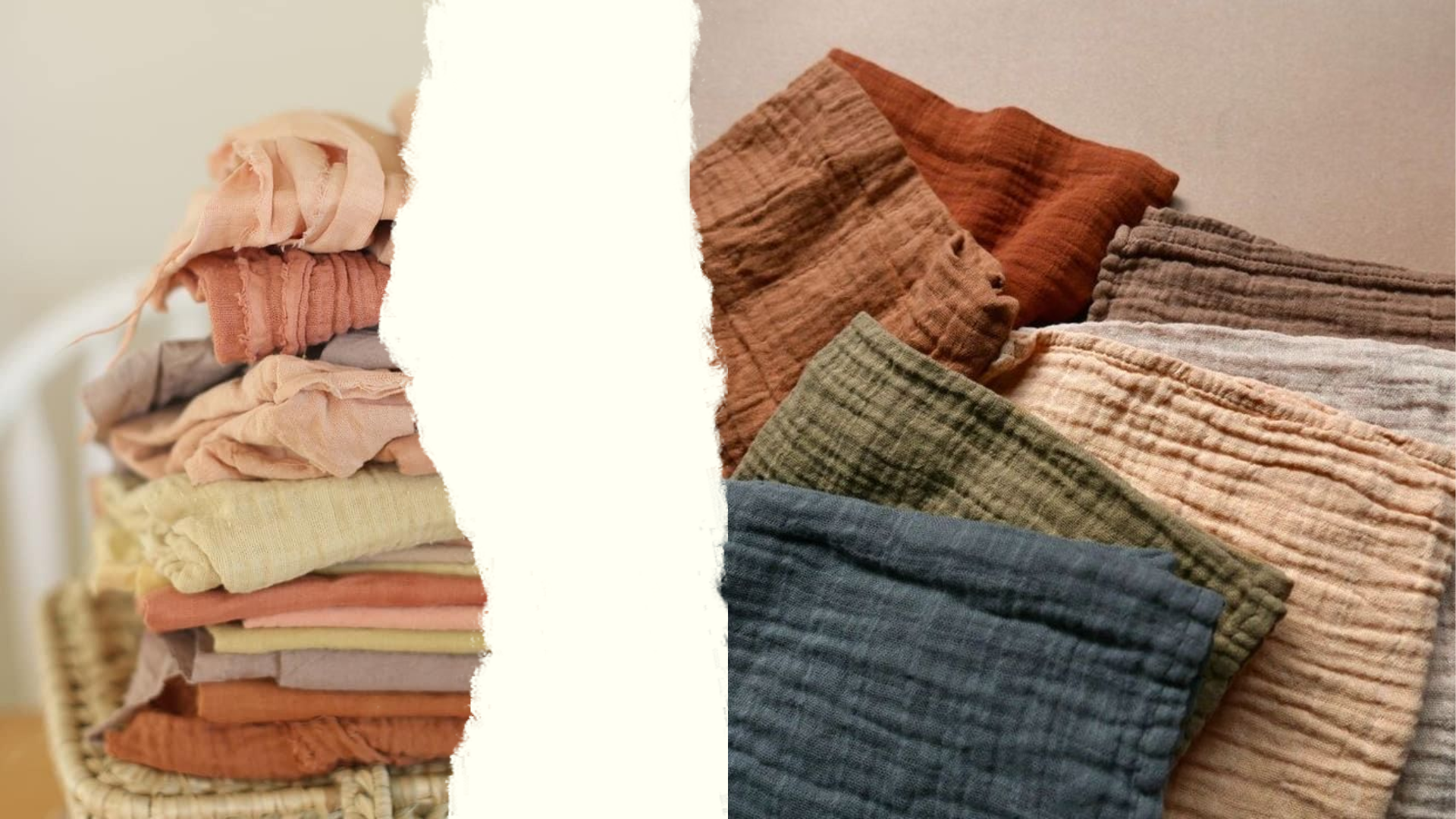
guide to accommodate for fabric shrinkage
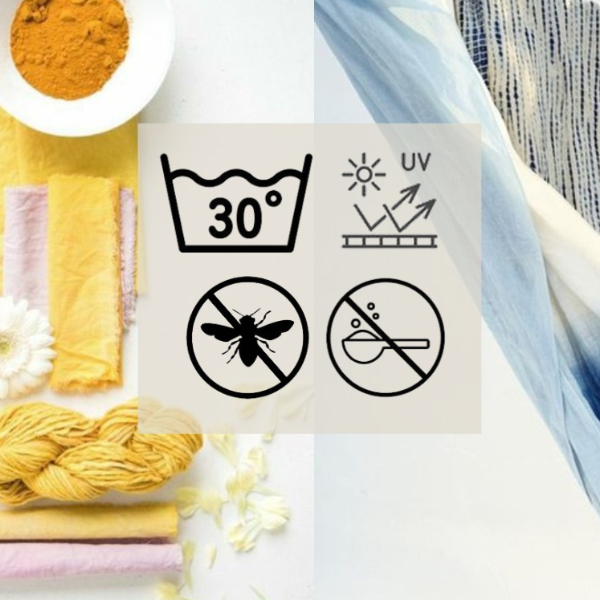
how to nurture your natural-dyed clothing
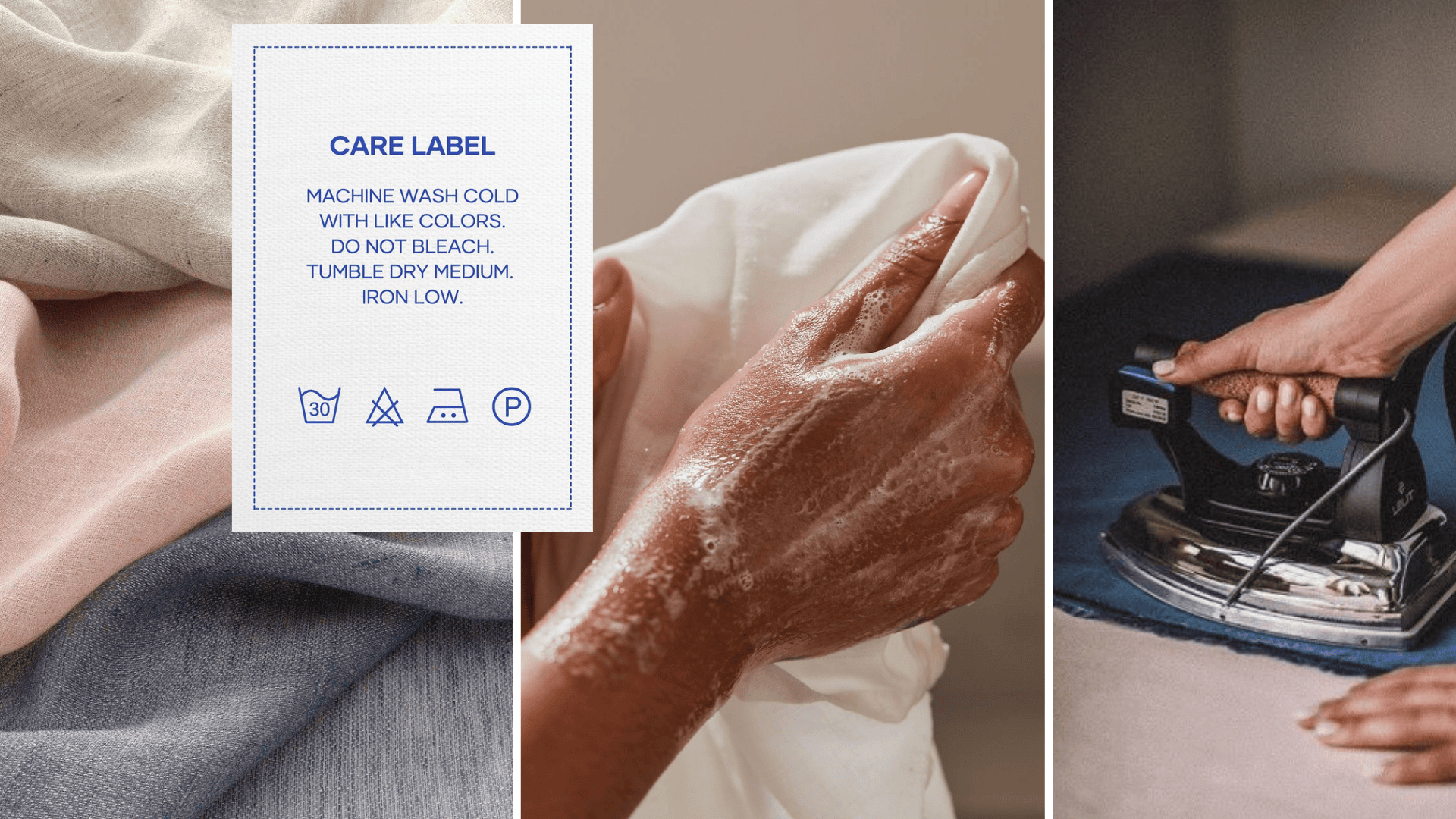
handmade textiles care guide






